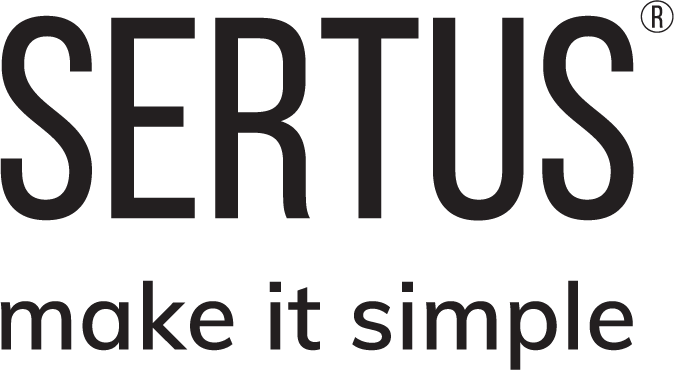What is a fire risk assessment and how does it work?
Responsible for a building? Owning a block of flats or business premises is one of the most rewarding projects you can take on, both personally and financially. But having such control also involves certain responsibilities and obligations, and ensuring your building is as safe as possible is one of them.
Every block of flats and business premises must be subject to a fire risk assessment, however, not every building owner has an adequate understanding of the process, especially new ones. Fear not though, because this article will take you through the different types of fire assessments and how they work.
What is fire risk assessment?
A fire risk assessment is a systematic evaluation of the factors that could cause a fire, such as combustible walls, exposed electrics and materials in need of refurbishment. It looks at the potential likelihood of a fire in the building and the consequences if one were to occur, and provides recommendations on how to improve fire safety. According to Checkatrade, the cost of an assessment is between £200-1,200.
A fire risk assessment must be conducted by the person responsible for the building: if the building is rented out, it’s still up to the owner to conduct the assessment. This can be conducted independently by consulting standard fire safety risk assessment guides, or owners can appoint a ‘competent person’ to help, such as a professional risk assessor.
The assessment’s findings can be shared with tenants of such buildings if requested, helping to empower tenants in ensuring their building is safe.
What are the different types of fire risk assessment?
Type 1 FRA
Type 1 is the most common type of fire risk assessment, sufficient for most purpose-built blocks of flats and conversions. It is a non-destructive test, which means it evaluates the properties of a structure without causing any damage. The assessment is only conducted on the communal parts of the building, not the private homes occupied by residents, for example, unless there are potential health and safety issues inside. The only exception to this is if a tenant’s door is part of the inspection.
Sometimes, following an initial screening, Type 1 tests may lead to a recommendation for another of the tests to be carried out. The suggestion of additional FRAs must be supported by a precise justification as to why a more thorough inspection is required.
Type 2 FRA
Type 2 also involves the common parts of the building. However, it does include an element of destructive sampling (which could involve accessing areas behind walls), and therefore a contractor is required to attend the assessment too. Type 2 fire risk assessments are rare and only conducted if there is initial evidence of serious structural flaws that need further investigation. These can include breaches in compartmentation and an increased risk in the potential of fire spreading throughout the building.
Type 3 FRA
Unlike Type 1 and 2, Type 3 may consider private areas of a property as well as communal areas. It is only necessary if a fire risk is suspected inside the flats. The means of escape, compartmentation between flats, and fire detection capabilities are examined in this test. The Type 3 FRA, like Type 1, is non-destructive. Arranging a Type 3 assessment can be difficult in leasehold flats, though, since there is an inconvenience for the tenants the owner needs to consider.
Type 4 FRA
Another rare assessment requirement, Type 4 is similar to Type 3 in that it inspects both the private and communal areas of a building. However, akin to Type 2, it also involves destructive sampling. It is by far the most comprehensive and complicated evaluation to make — you’ll need to get a contractor on site as well as gain access to individual flats. As such, it is only required in a limited number of circumstances, usually when there are serious concerns about structural defects that include the dwellings themselves in addition to shared parts of the building.
How often should a fire safety assessment be carried out?
Carrying out a fire risk assessment under the Regulatory Reform (Fire Safety) Order 2005 is a legally required part of your property’s fire prevention and safety strategy. If you don’t, minor penalties can be up to £5,000 while major ones include unlimited fines and up to 2 years in prison. This document says that “any such assessment must be reviewed by the responsible person regularly so as to keep it up to date”. This may prove difficult as the interpretation of regularity is left to the discretion of the responsible person. Those in charge of the task should evaluate the size of the property, the number of occupants and what the building is used for to support their decision.

As a basic guideline, fire risk assessments for low-rise blocks of up to three storeys above ground and built in the last 20 years should be reviewed every two years and repeated every four years. For higher-risk blocks (older buildings, for instance), or those more than three storeys high, FRAs should be reviewed annually and repeated every three years maximum. If you’re in doubt or have any reservations about the lengths of these periods, feel free to conduct a thorough review on a yearly basis even if the building is smaller than two stories, younger than twenty years and low-risk. As is obvious, it’s always better to be safe and certain in these circumstances.
